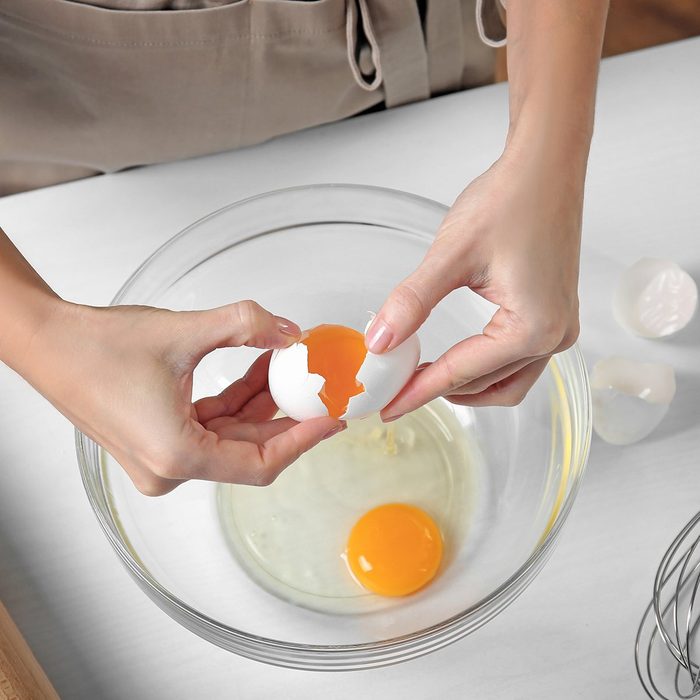
Cracking eggs on the edge of the bowl
First things first: Don’t crack your eggs on the edge of the bowl or you may get pieces of shell in your beautiful frittata. Gently tap the egg on a flat countertop, then open it over the bowl. If a bit of shell still sneaks in, use another piece of shell to fish it out.
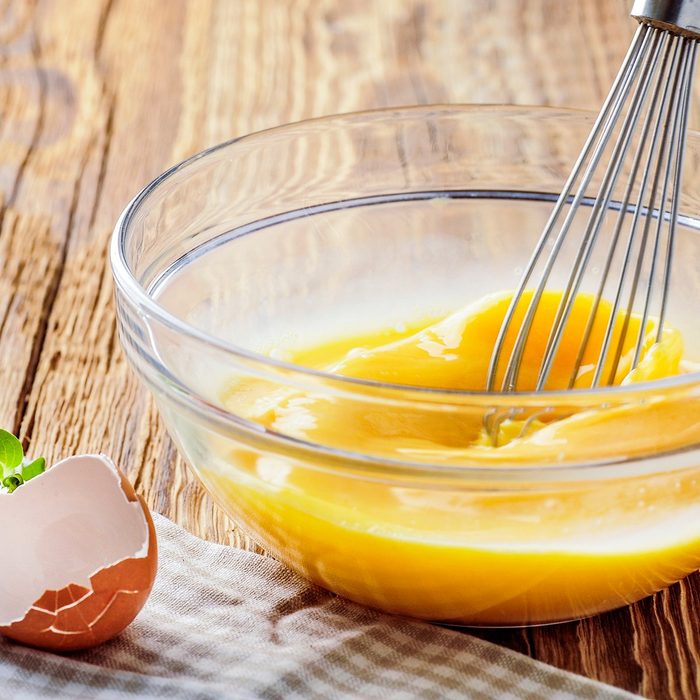
Not whisking enough
For scrambled eggs and omelettes, the egg mixture should be a uniform yellow, with no white or clear strands left behind. To properly mix eggs, use a fork or whisk and go back and forth quickly, hitting the sides of the bowl with each stroke. Even the simplest egg recipes will look and taste like they came from a fancy restaurant!
This viral video will show you how to whisk like a pro chef.
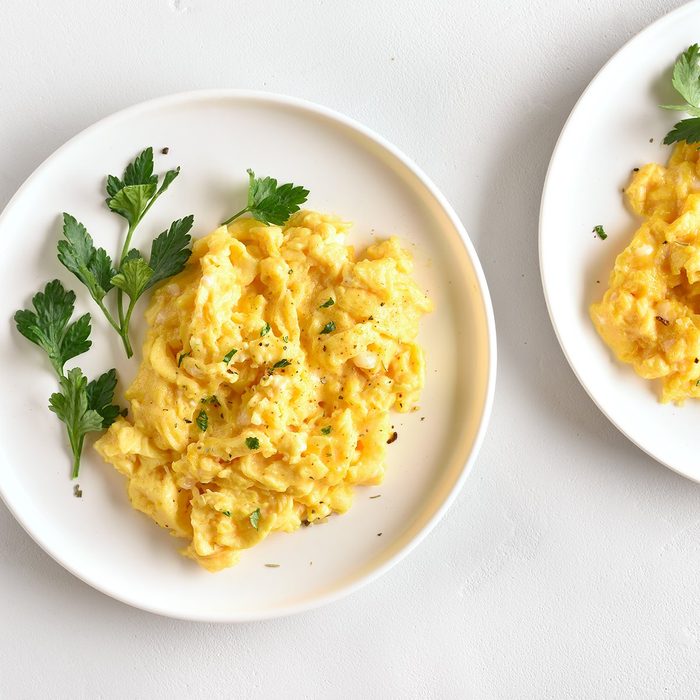
Cooking scrambled eggs too fast
Scrambled eggs seems like an easy dish to make when you’re in a hurry. But that’s the thing: You shouldn’t be in a hurry when you make scrambled eggs. When you cook them quickly over high heat, they dry out. They should be cooked slowly over low heat until they turn into gorgeous, fluffy curds. Don’t worry, it still doesn’t take long.
Discover the secret ingredient for the fluffiest scrambled eggs.
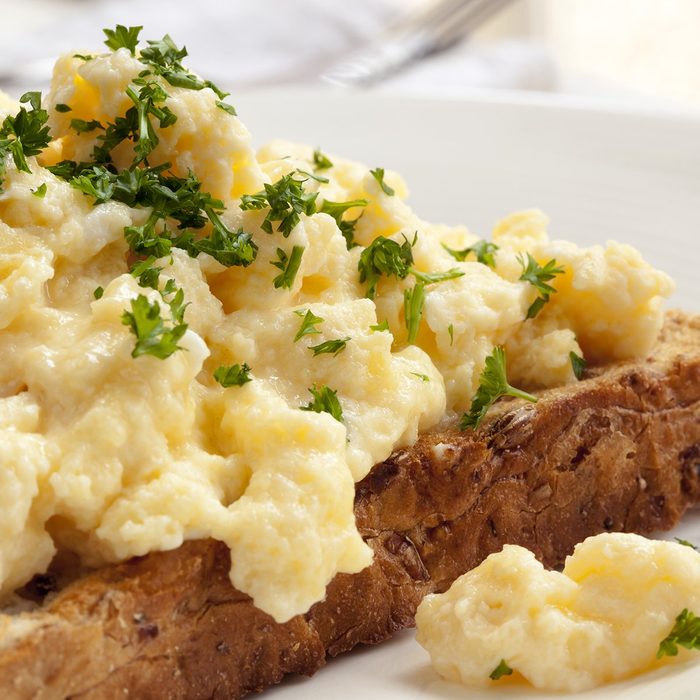
Adding milk to scrambled eggs
Do you add milk to scrambled eggs? Is that what gives them their creamy texture? Well, no. It actually makes them rubbery and flavourless. If you cook plain scrambled eggs slowly and keep them moving in the pan, you’ll get perfect, creamy eggs.
You’ll also want to avoid these mistakes when cooking bacon.
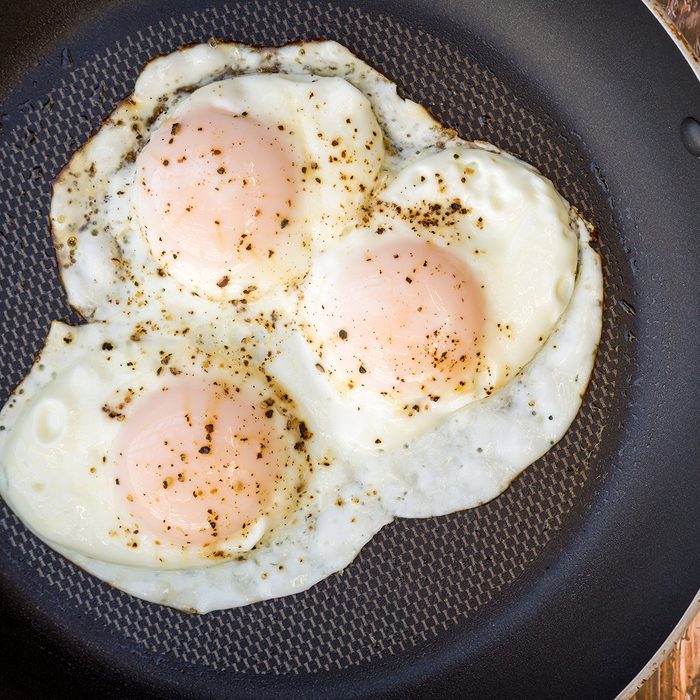
Letting eggs stick to the pan
Eggs are the spackle that holds everything together in our baked goods and breakfast casseroles, but that also means they will stick to a skillet like glue. Be sure to use a nonstick pan when cooking eggs, whether you’re making brunch for a crowd or breakfast for dinner.
Here’s how to clean a cast iron pan if you want it to last forever.

Not using enough fat when frying eggs
Using a nonstick pan is the first step, but you’ll need some kind of fat in there, too. And don’t be stingy with it! Butter, olive oil or even coconut oil can be used to keep those fried eggs moving, so they go from pan to plate without incident.
Here’s the real difference between white and brown eggs.
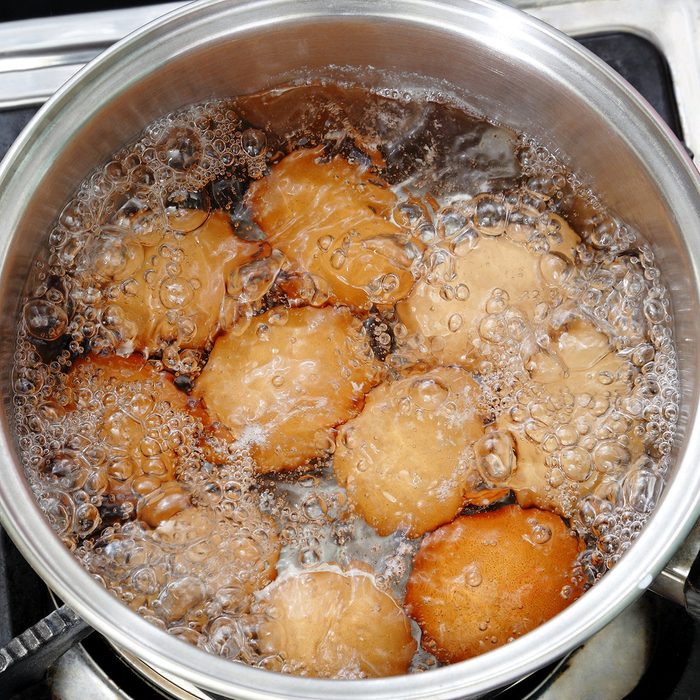
Starting hard-cooked eggs in boiling water
Nothing is worse than having a hard-boiled egg crack while cooking. The white comes bursting through the shell, and now your beautiful plate of deviled eggs will never be. Always start your eggs in cool water, so they gradually come up to temperature and cook evenly.
Don’t miss these pro tips on how to get perfect hard-boiled eggs every time.
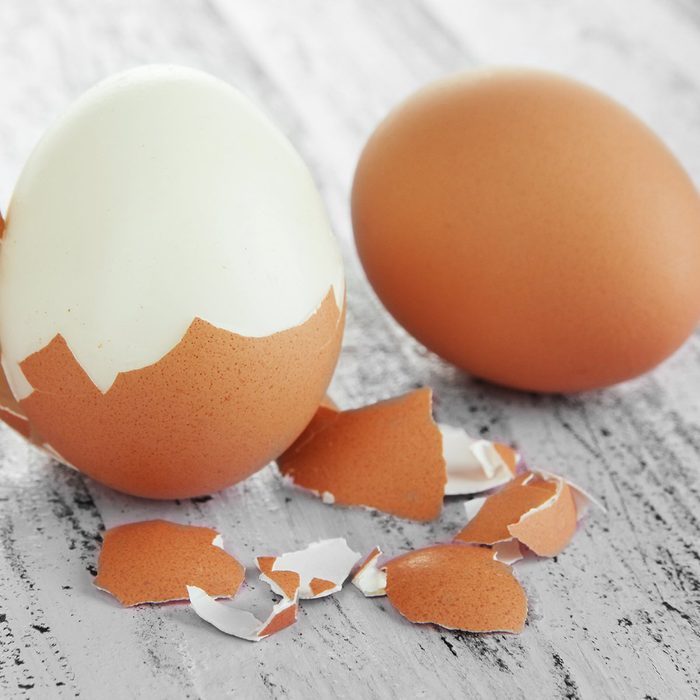
Boiling eggs that are too fresh
Sometimes it seems like half of the egg peels off with the shell. That just won’t do. Hard-boiled eggs actually turn out best when they are not too fresh. Then cook them properly, and they will peel easily.
This hack for peeling hard-boiled eggs is blowing up the Internet.
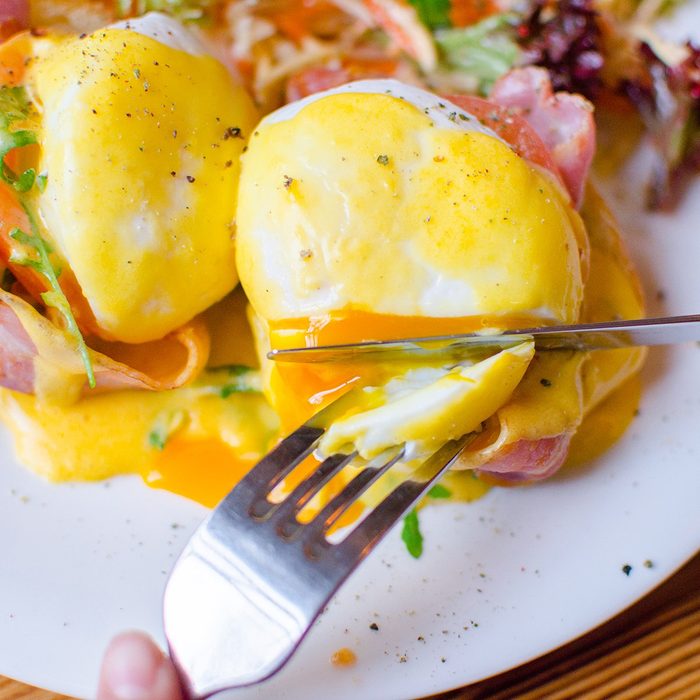
Cracking eggs directly into the poaching water
When you crack the egg over the water and let it drop right in, the egg separates and goes all over the pan. That might be fine for egg drop soup, but not for an eggs Benedict recipe. Instead, crack the egg into a small bowl or ramekin, then ease it gently into the water.
Here, experts reveal how to buy the best eggs on the market.
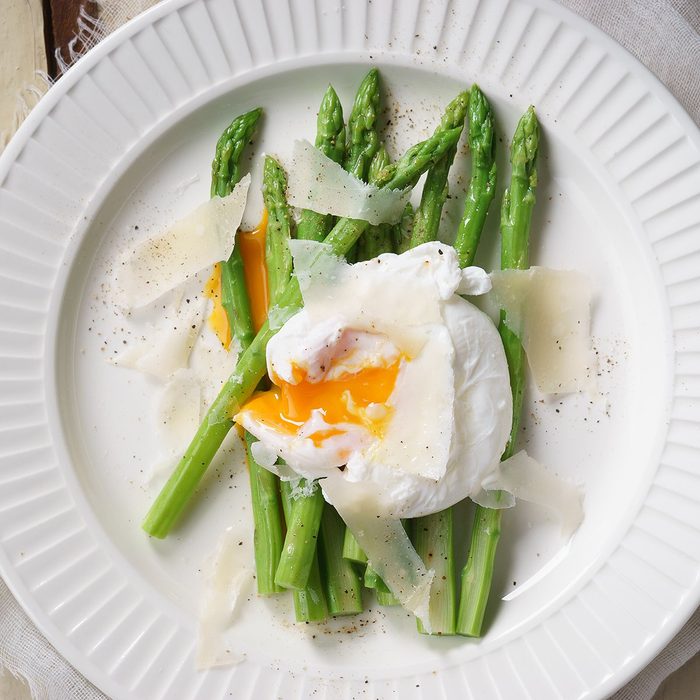
Poaching eggs in a tiny pot
Poached eggs need a little breathing room to cook evenly. Use a large saucepan or deep skillet with about 3 inches of water, and don’t overcrowd the pan. There’s no need to rush. Hold poached eggs in a bowl of warm water while you prepare the rest of your brunch spread.
Next, find out the best uses for leftover egg whites.